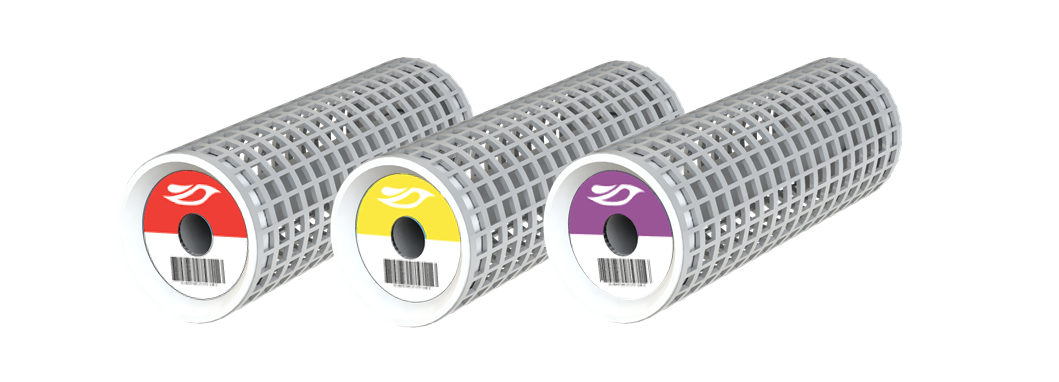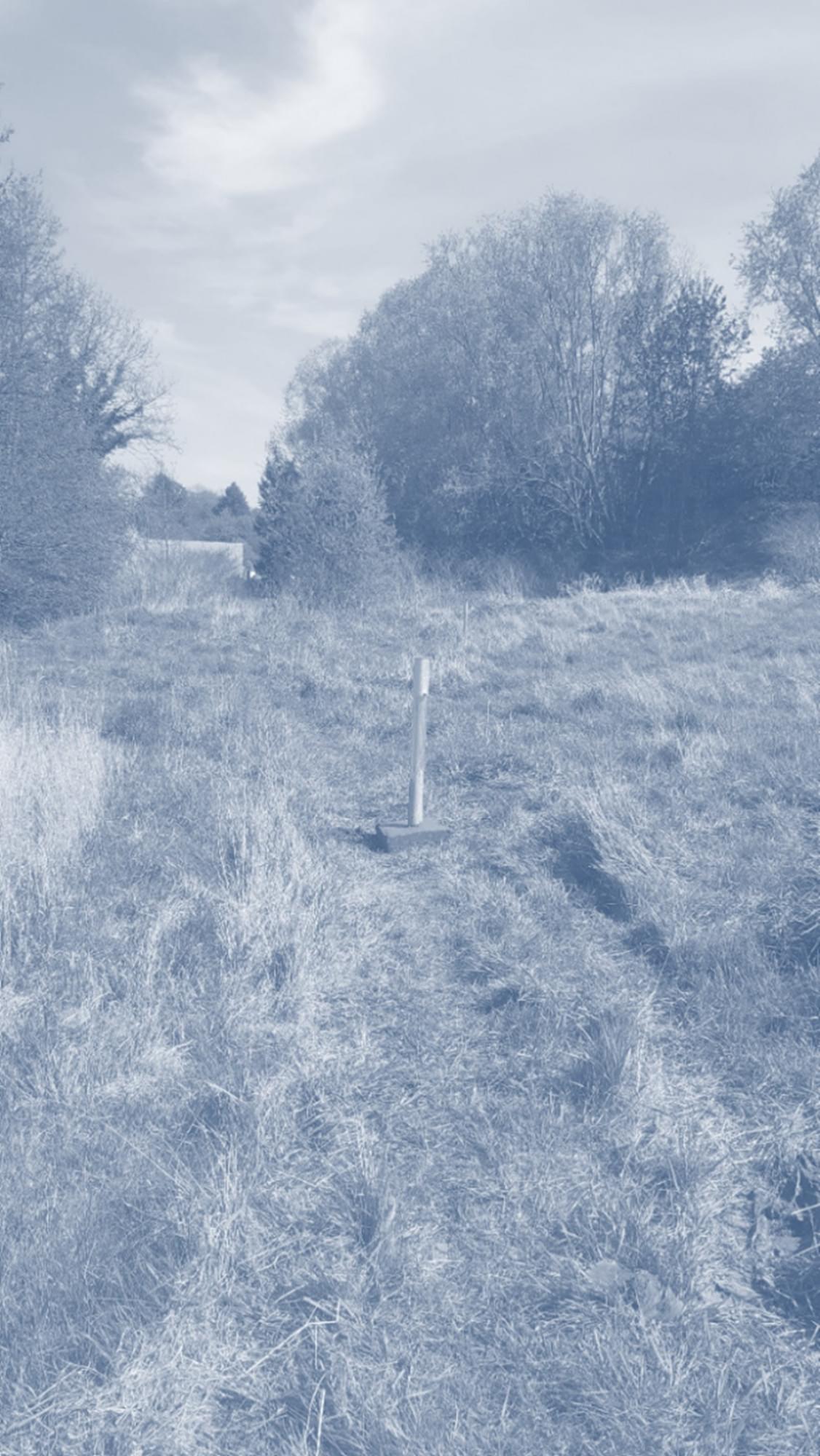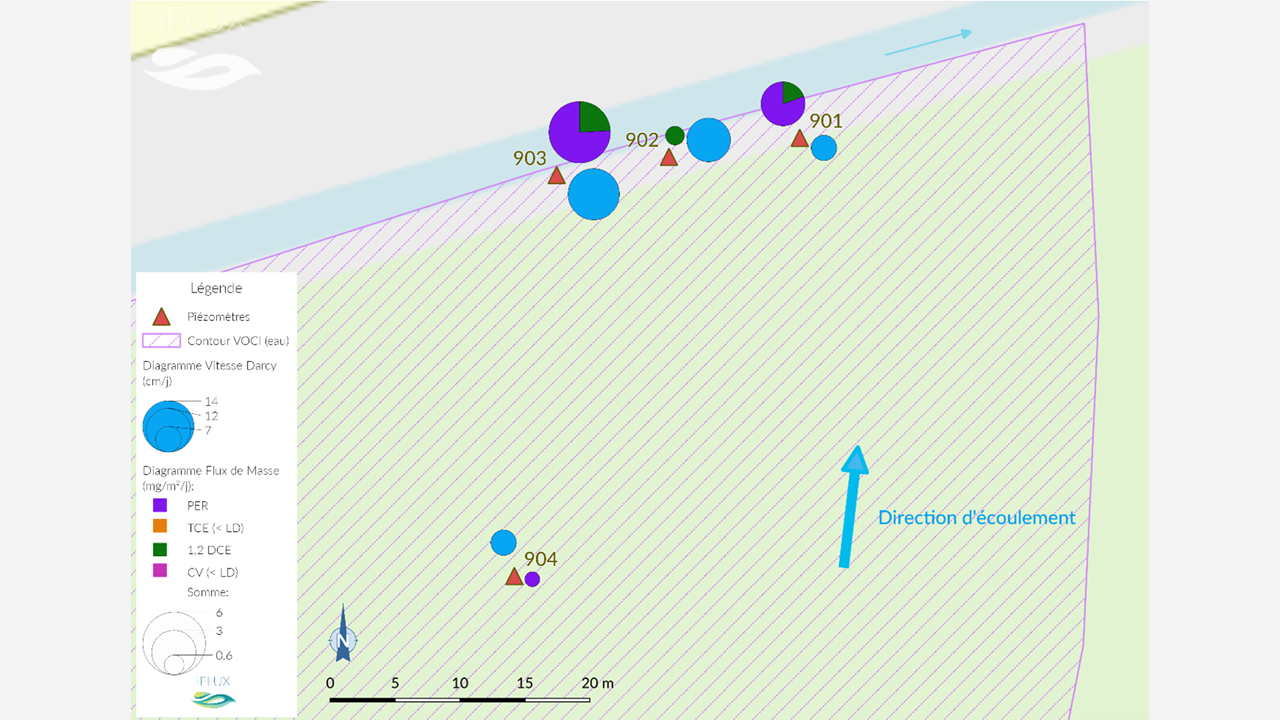Flux measurements indicate low spreading risk on site in Wallonia

Highlights
- Spreading risk of residual pollution
- Watercourse as potential receptor
- Determination of the need and urgency to remediate
Situation
Chlorinated solvents in groundwater
Source: Automotive Service and Repair Garage
Partner : AG Environnement
Location: Brabant Wallon, Belgium
The site is located near the center of Orp-Jauche and has a long history. In 1893, Gervais-Danone began construction of a dairy. After the factory closed in 1978, different activities were operated on the site. In 2011, the old dairy was demolished and plans were made to develop the site as a residential area. In order to create affordable housing in the area, the Commune has teamed up with API BW (real estate development agency of Walloon Brabant), which is responsible for the construction of approximately 150 housing units. Before starting the construction, the subsoil (soil and groundwater) had to be remediated according to the intended use of the site, i.e. a residential area.
Sampling
As part of the characterization, the AGEnvironnement engineering firm, mandated by API BW, asked iFLUX to carry out flux measurements in the groundwater in order to evaluate the spreading risk of the residual chlorinated solvent contamination in the groundwater.
A campaign to measure groundwater fluxes (Darcy) and mass fluxes of chlorinated solvents (VOCl) was carried out at four monitoring wells, one of which was located upstream near the source of contamination and three aligned perpendicularly to the direction of the groundwater flow, along a stream that drains the water table downstream from the source area.
Measurements in the source zone were made to assess the "strength" or intensity of this residual source and thus the spreading risk. Downstream, the aim was to evaluate the dispersion towards the watercourse.
The monitoring wells used were all standard 63/51 mm HDPE monitoring wells (OD/ID).
The exposure time of the cartridges, determined on the basis of available concentration data and expected groundwater flow rate, was 27 days.

"We were able to incorporate the iFLUX findings directly into our report to show that remediation was not necessary"
- R. Jumet

Challenges
Assess the spreading risk of residual contamination:
- Determine the flow velocity of groundwater and pollutants
- Determine the strength of the contaminant source
- Evaluate the influence of the watercourse on the spread of the contamination.
Solutions
Mesure fluxes for certainty about spreading risk:
- Passive measurements of water flow velocity and pollutants
- Determination of the contaminant load from the source area
- Determination of the expected contaminant load in the vicinity of a receptor, in this case the watercourse, by means of a control plane between the source and the receptor.
Results


The measured velocities indicate a relatively large variation over a short distance downstream, probably due to the presence of preferential pathways (902, 903) or a localized area of lower permeability (901).
Velocity measured near the source (904) is lower than at the downstream transect on average (901-903), confirming greater drainage near the stream.
In 903 the highest pollutant fluxes were recorded for tetrachloroethene (PER). Among the degradation products, only 1,2- dichloroethene (1,2- DCE) was detected and only in the downstream area, indicating incomplete natural degradation.
The average flow concentrations through the monitoring wells for the exposure period are relatively low and do not exceed 35 µg/l for PER (903) and 10 µg/l for 1,2-DCE (903).
In addition, only a small flux of PER was detected in the source area (904) and the measured value of 0.35 mg/m²/d is only slightly higher than the flux detection limit (0.29 mg/m²/d). Its average flux concentration was calculated to be 5 µg/l for the exposure time.
Based on the iFLUX results, it was found that the pollutant load moving to the watercourse is not hazardous and is therefore acceptable, and that the risk of future spreading of the current source is practically non-existent.
The flux measurements were decisive in concluding that a remediation of the chlorinated solvents in the water was not urgent or even necessary. In view of the redevelopment of the site and the housing project, APIBW decided to remediate the contaminated area anyway. The lack of urgency allows APIBW to combine this treatment with the construction project, which will result in a substantial reduction in treatment costs.